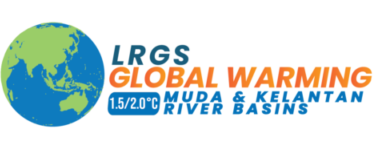Home
Latest Events










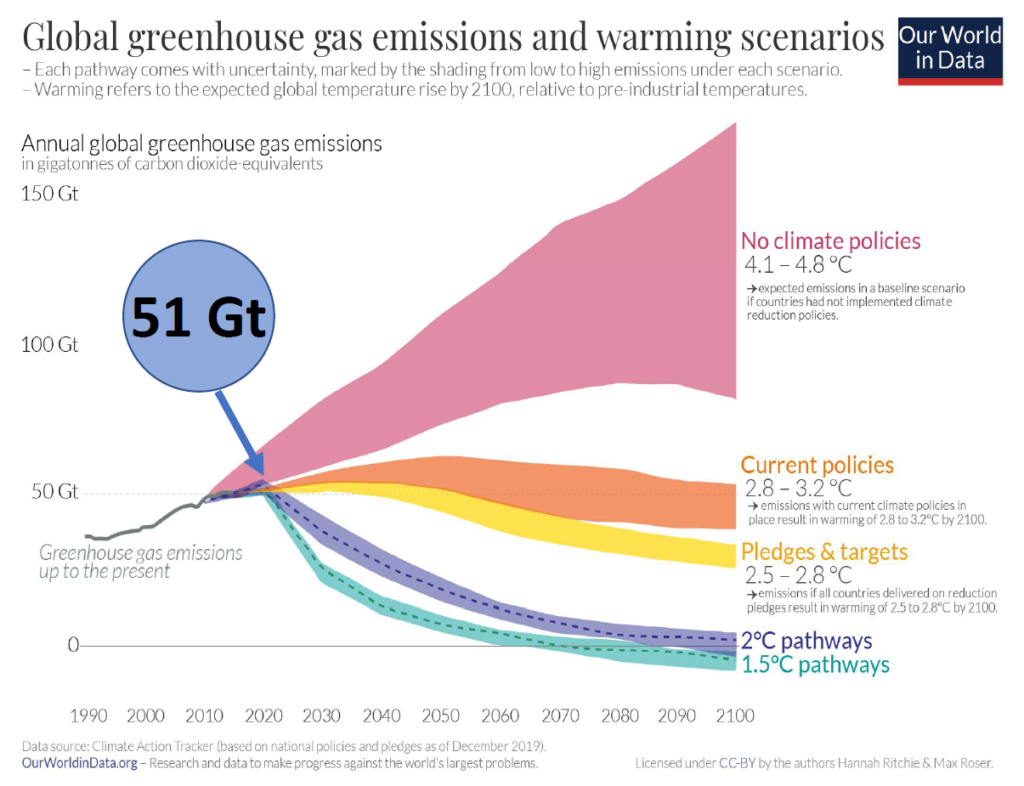
This is less likely to be the case judging from the pledges and current policies (Courtesy: Our World in Data)
Projects
This Research Programme adopts a multidisciplinary approach and interconnects four Projects.
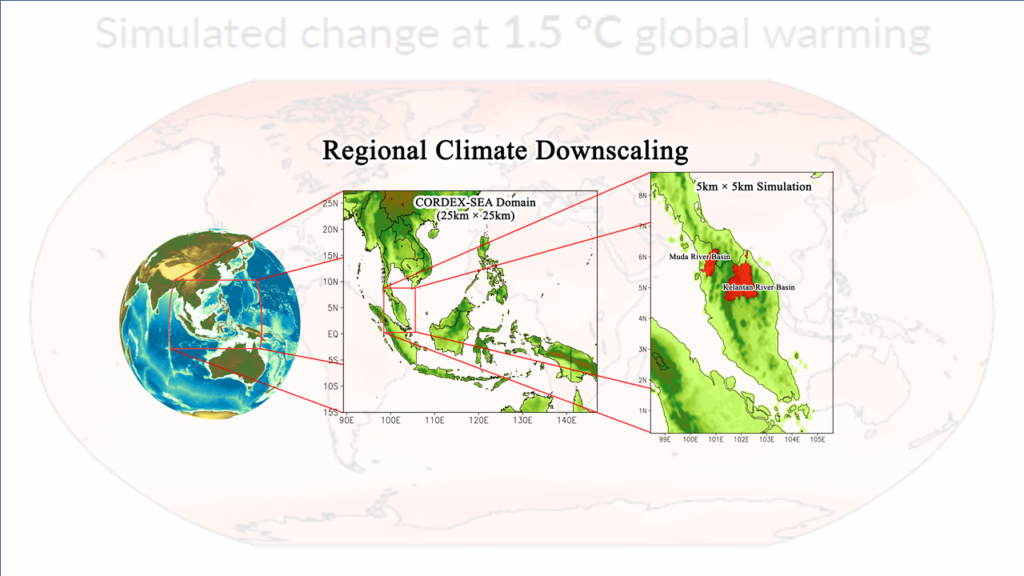
Climate Projection
Project 1 focuses on providing future climate projections over Peninsular Malaysia and the two river basins when global warming reaches the thresholds of 1.5°C and 2.0°C. In this project, a number of CMIP6 GCM models will be downscaling using RCMs to 25 km resolution over CORDEX Southeast Asia domain and further downscale to 5 km resolution over Peninsular Malaysia. These high-resolution climate projections Muda and Kelantan river basins would be come inputs to Project 2 and 3.
Water Balance
Project 2 investigates the impacts of global warming under 1.5°C and 2.0°C on water balance in Muda and Kelantan River Basins using the SWAT+ hydrological model. The model will be forced with downscaled CMIP5/6 GCMs from Project 1 to assess the impacts of GW 1.5°C and 2.0°C.
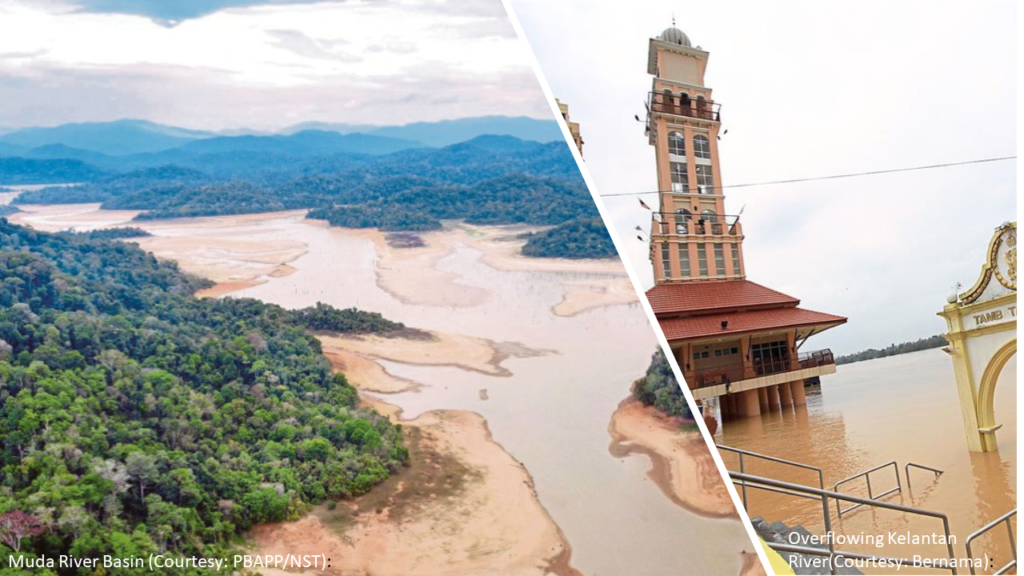

Health
Climate change causes environmental changes which may trigger changes in patterns of diseases such dengue and leptospirosis. Project 3 assesses the impacts of Global Warming 1.5°C and 2.0°C on human health in Muda and Kelantan River Basins. Various diseases predictive models would be used and driven with inputs from Project 1 and 2.
Socio-Economics
Future changes in climate related hazards — floods, droughts, heatwave, increase in disease incidences, would impact the socio-economic and well-being of the population. Project 4 assesses the socio-economic impacts of Global warming 1.5°C and 2.0°C in Muda and Kelantan River Basins. Various socio-economic predictive models will be used and driven by inputs from Project 2 and 3.

News & Events
Lorem ipsum dolor sit amet, consectetur adipiscing elit. Ut elit tellus, luctus nec ullamcorper mattis, pulvinar dapibus leo.
Frequently Asked Questions
Most frequent questions and answers
The IPCC Assessment Reports concluded that the higher the GHG emission, the higher increases of global mean temperature would be in future periods and the higher the risk of impacts is expected. The IPCC AR5 report indicated that warming must be capped at 2.0°C by the end of the 21st century, otherwise the world would be be facing higher risks of greater impacts. This became the basis of the Paris Agreement. However, during the formulation of the Paris Agreement, small island nations had successfully included “1.5°C” in the agreement although at that particular time there was not much physical understanding of global warming 1.5°C. In the AR6 cycle, IPCC was tasked to produce a special report on 1.5°C. The IPCC SR 1.5°C indicated that a significant reduction of impacts if global warming can be capped at 1.5°C as opposed to 2.0°C. However, the world faces huge challenges in capping the warming at these thresholds given the fact that the current pledges under the Paris Agreement are not sufficient but likely to cause the warming above 2.7°C by the end of the 21st century.
A confusion is quiet common in the meaning of “climate forecast” and “climate projection”. Both are produced by similar tools. However, “climate forecast (or prediction)” refers to the estimate of the actual evolution of the climate (initialization of the model is important) where “climate projection” refers to a response of the climate system to different greenhouse gases scenarios, which are quiet uncertain. Climate projection usually refers to plausible climate scenarios over many decades. In that sense, we can’t really say that based on a climate projection that the weather over Muda and Kelantan river basins in the afternoon of January 1, 2050 will be raining heavily. However, it is perfectly alright if we say, based on weather forecasts, there will be heavy rains over these areas in the next two days. For climate projection, climate statistics (e.g. annual cycle, average rainfall, average temperature etc.) over a period (e.g. thirty years of mid century) is more important.
The main impacts of climate change on the water balance are mainly due to the increases of surface temperature and extreme precipitation events, which can lead to more frequent and intense water related disasters, e.g. floods and droughts. Intensification of global warming to 1.5°C and 2.0°C may alter the frequency and intensity of floods and droughts in Muda and Kelantan river basins.
A water balance model, which is also known as a hydrological model, is an indispensable tool to understand the water movement and interaction of hydrological processes within a river basin. There are various type of hydrological models. They are commonly used for quantifying the responses of regional hydrological processes in response to climate change and anthropogenic activities. SWAT+ is an example of a water balance model.
Climate change affects human health in a variety of ways including by death and diseases. As described by the World Health Organization, climate-sensitive health risks by i) health outcomes and ii) health systems & facilities outcomes. Health outcomes include injury and death from extreme weather events, heat-related illness, respiratory illness especially air-quality related, vector-borne diseases, food-water borne diseases, zoonotic diseases, non-communicable diseases such as cardiovascular diseases, mental and psychosocial health. Climate change also has a tremendous impact on the healthcare facilities and health system which may jeopardize the delivery of health services.
Disease prevention is an important principle in epidemiology. Primary prevention aims to prevent the onset of new injury or illness (i.e. vaccination, seatbelt). Secondary prevention aims to detect disease early and provide prompt treatment to control the disease advancement (i.e. pap-smear screening). Tertiary prevention occurs once disease is diagnosed; it aims to reduce morbidity, avoid complications, and restore function.
The same principle is used in addressing the health impacts of climate change. Primary prevention relates to mitigation—attempts to halt or reverse climate change by reducing greenhouse gas emissions. Mitigation efforts occur mostly in sectors other than health, such as energy, transportation, and architecture. However, the health sector does contribute useful information for this effort. Secondary and tertiary prevention corresponds to adaptation—these efforts are closely related to clinical and public health practices. The aim is to predict and prepare for the health impact of climate change, thus reducing the associated health burden. This set of practices is jointly called as public health preparedness
Yes, there is one. The National Policy on Climate Change, published by the Ministry of Natural Resources and Environment, has as its main aims mainstreaming climate change through sensible resource management and better environmental conservation. The strategy also intends to improve institutional and implementation capability to effectively coordinate opportunities to mitigate adverse climate change impacts. The policy is founded on the ideas of long-term sustainability, coordinated execution, effective participation, and shared but differentiated duties. It includes 43 important actions organized into ten strategic thrusts, such as making development climate-resilient and promoting knowledge-based development.
Indeed, the most vulnerable groups are those who rely heavily on environmental stability for operating their daily routines, such as the fishermen, farmers and aquaculturists etc.
They can respond effectively by adapting to these impacts. Generally, adaptation practices related to livelihood diversification, government support, environmental conservation, and social support can strengthen community adaptation practices.
Institutional Project Members & Collaborators


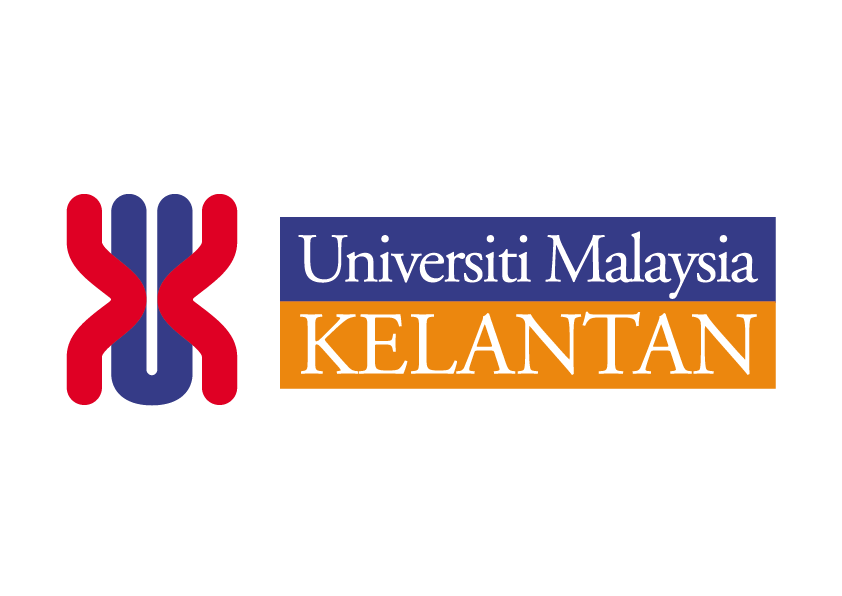
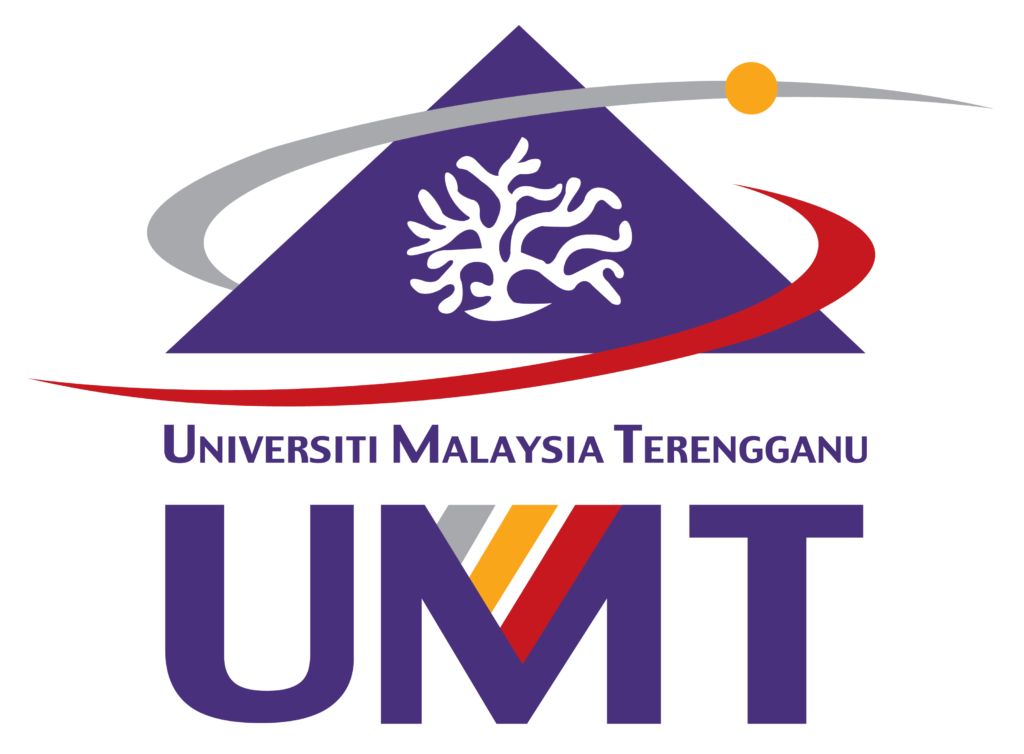



International Institutions




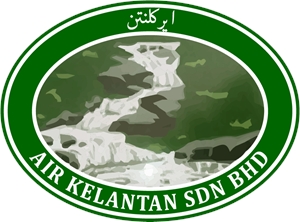

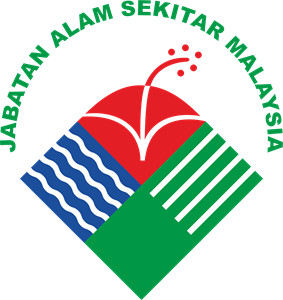


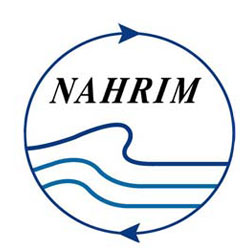

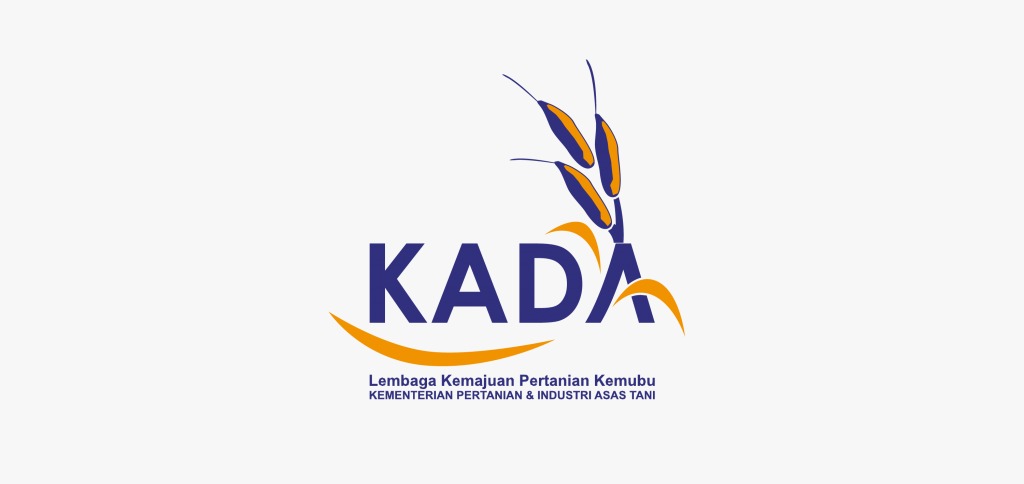
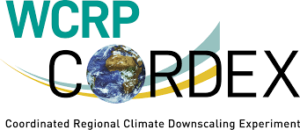


Contact
For any inquiries please click the button below
220 total views
